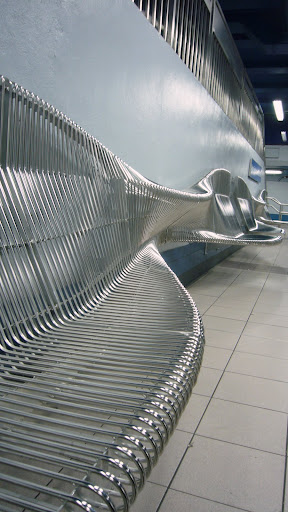I am a fan of this style for its navigation of the balance between man(-made) and nature(-inspired) though of course sometimes a building should reflect what it truly is, unnatural, allowing for the seeking our own balance between the world we create and the one we derive from.
photos by KaraML Additional images
Via DesignBoom
serie architects / chris lee and kapil gupta: the tote, mumbai
image courtesy serie architects
photos by fram petit
Via ArchDaily
Leaf House / Undercurrent Architects: "




